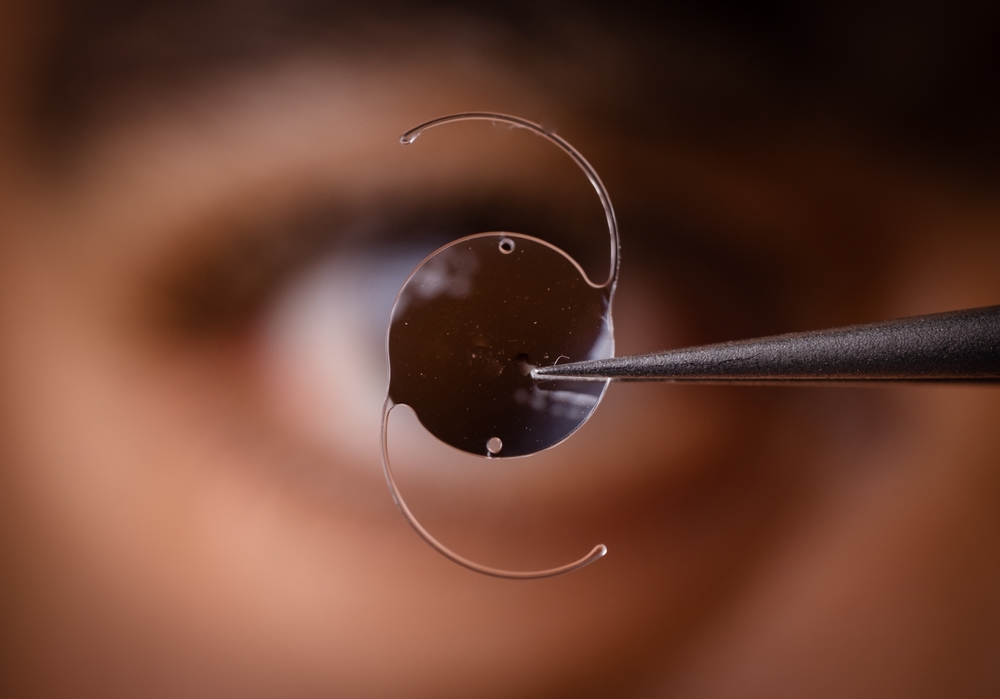 IOL Surgery: Improving Vision with Intraocular Lenses
IOL Surgery: Improving Vision with Intraocular LensesIOLs or Intraocular Lenses are replacements for the natural lens of the eye that are used in certain conditions such as a cloudy natural lens (cataract) or to correct refractive errors like nearsightedness, farsightedness, and astigmatism.
Why do we need IOL surgery?
Cataracts: The most common reason for implanting an intraocular lens is cataracts. In this condition, the natural lens of the eye becomes cloudy, reducing vision.
Refractive errors: IOLs are also used to correct nearsightedness, farsightedness, and astigmatism.
Other eye surgeries: IOLs may also be used in other eye surgeries, such as eye injuries.
Types of intraocular lenses
Intraocular lenses come in various types, each with its own specific characteristics and applications:
Monofocal lenses: Designed for vision at a specific distance (near or far).
Multifocal lenses: Designed for vision at multiple distances, allowing individuals to participate in most daily activities without glasses.
Toric lenses: Designed to correct astigmatism.
Extended depth of focus lenses: Fall between monofocal and multifocal lenses and provide a wider range of vision.
Benefits of IOL surgery
Improved vision: IOL surgery can significantly improve vision and, in many cases, free individuals from dependence on glasses or contact lenses.
Better quality of life: Improved vision significantly enhances an individual's quality of life.
Safe and effective procedure: IOL surgery is a safe and effective procedure with excellent results in most cases.
Surgical procedure
IOL surgery is usually performed on an outpatient basis and takes about 30 minutes to an hour. During the surgery, the cloudy or damaged natural lens of the eye is first removed, and then the intraocular lens is placed in its place.
Post-operative care
After IOL surgery, it is essential to follow certain care instructions for faster and better recovery. These include:
Regular use of eye drops: Your doctor will prescribe eye drops that should be used regularly and as directed.
Avoid rubbing your eyes: Avoid rubbing your eyes for several weeks after surgery.
Protect your eyes: Wear protective eyewear when sleeping to prevent eye injury during sleep.
Avoid strenuous activities: Avoid strenuous activities, heavy exercise, and swimming for a few days after surgery.
Regular follow-up visits: Attend follow-up appointments with your doctor as scheduled to monitor your progress.
Side effects
Like any surgery, IOL surgery may be associated with some side effects. These are usually temporary and include redness, blurred vision, light sensitivity, and dry eyes. Before deciding to have IOL surgery, it is essential to consult with an ophthalmologist to ensure that this procedure is right for you.

 IOL Surgery: Improving Vision with Intraocular Lenses
IOL Surgery: Improving Vision with Intraocular Lenses
comment